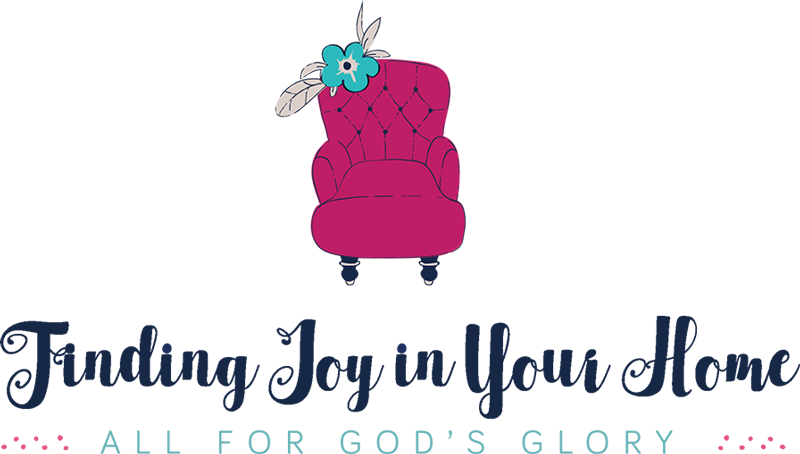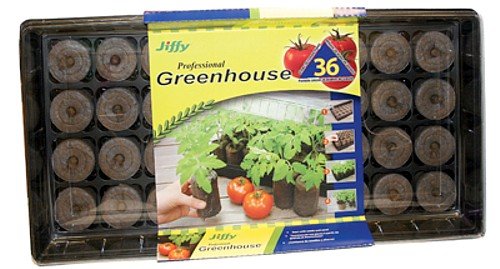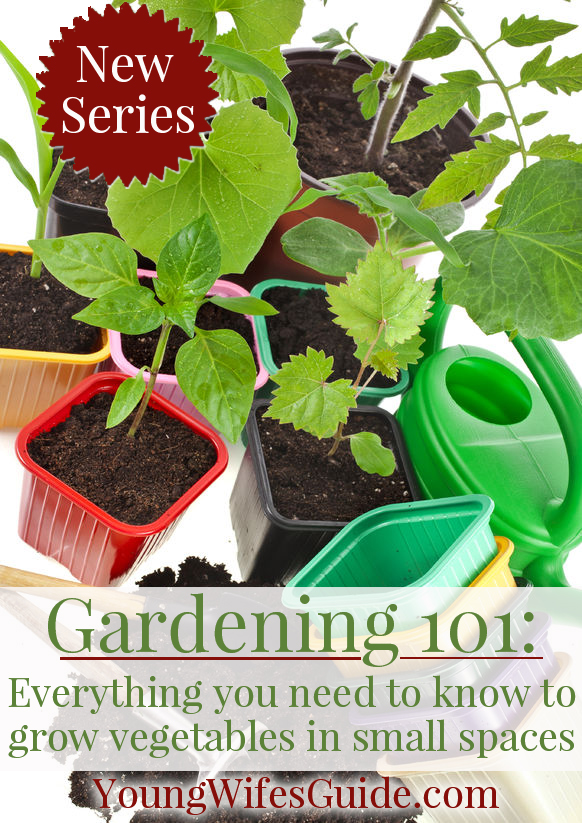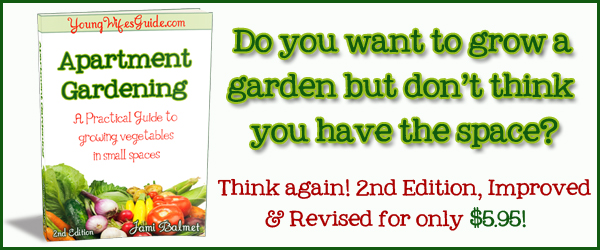Starting Your Seeds: Gardening 101
This post is part of our Gardening 101 series: Everything you need to know to grow vegetables in small spaces. You can see the rest of the posts in the series HERE.
Planting seeds can be so much fun. It’s cheaper than buying baby plants and you have the fun of growing these plants from little seeds. It can be very rewarding and not nearly as much work as I first thought. Here is a mini guide to starting your seeds.
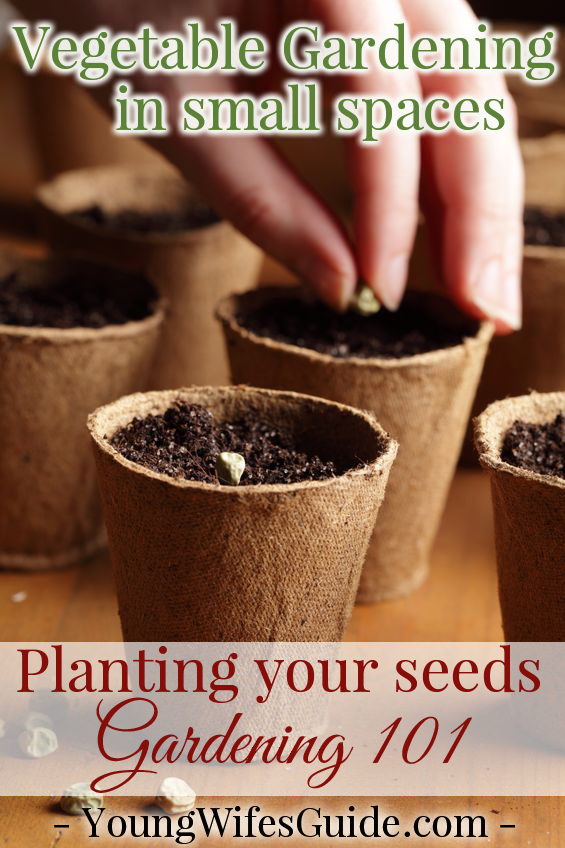
Before planting your seeds, you will of course need to figure out what you want to plant after you have determined what will grow well in your area according to your zone. You will want to determine your frost free date so that you can figure out when it is safe to plant outside. After that you simply have to read your seed packets and start your seeds indoors typically 4-6 weeks before you plan to plant your seedlings outside.
At this stage in the gardening process (the part where I actually had to do things and make decisions), I was overwhelmed because I had no idea where to begin. So I called up my brother-in-law (a gardening expert) and headed out to Home Depot. If you have a local nursery this is great too, but Home Depot or Lowes is a good alternative. So here’s your quick guide to getting started planting seeds:
Pick Out Your Seeds
Bring your list of vegetables that will grow well in your area (per your zone) and pick which seeds you want. Don’t get overwhelmed at this point; there are many seeds to pick from. If you want to grow tomatoes, then just know that there are going to be many varieties to choose from.
Plan to spend a little while at Home Depot and spend time looking through the seed packets. Read the backs, as they will often contain a lot of great information. For example, some varieties of the vegetables are bred to do better in containers; the seed packet will tell you this!

When in doubt, ask the nursery workers (this is where going to an actual nursery over Home Depot may be beneficial)!
Choose What You Will Plant in: Pots or Jiffy Pellets
Now that you have selected your seeds, it’s time to select how you are going to plant. There are two main ways to get seeds started: using small containers/pots and the jiffy pellet way.
Small Containers/Pots
Traditionally, this is how you get seeds started. Pick little containers or pots and fill them with soil. There are certain soils that are meant for planting seeds that supposedly help the germination process.
This way is a little messier, but you are going to have to buy soil in the end anyway for transplanting. About.com has a great tutorial with pictures on starting from regular pots.
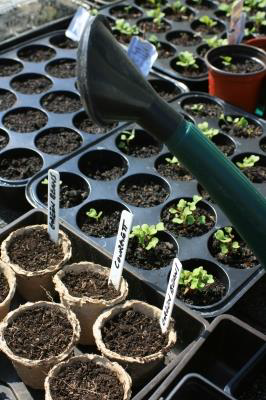
Jiffy Pellets
I love this method! It is so simple and easy, as you will see in the video below (it was filmed over 3 years ago). A flat of jiffy pellets is inexpensive and has everything you need but the seeds. You simply follow the directions and fill the pellets with water and let them soak. When ready, you take a couple seeds and bury them loosely in the top soil. Place the lid on top and a week later you will have sprouts!
Where to Buy Your Supplies
An alternative to Home Depot or your local nursery is to buy seeds online or via a catalog. It’s a great way to pick seeds and items that your local store doesn’t carry. The only downside is that,
because you can buy anything you want, you may not be buying seeds that will grow well in your area, so be a smart shopper before buying!
Amazon has a whole garden section full of seeds (organic seeds included!), tools, pellets, pots and more! It is a great (and cheap) resource at your fingertips!
Catalogs: This has been a classic and favorite way to order seeds and young plants since long before the internet. Many of these catalogs are online now of course, but they are still a great resource.
Try Burpee Seeds and Plants for a great selection or check out this list of 48 Free Seed and Plant catalogs.
Starting seeds is actually a very simple process and is a cheap alternative to buying all young plants. Your seeds will need to grow and eventually be transplanted into larger pots and then set outside.
More in this series:
- Introduction to Container Gardening
- Determining What to Plant
- When to Plant Your Garden
- Starting Your Seeds (you are here)
- More coming soon!
If you don’t want to wait, you can get my eBook, Apartment Gardening ~ A Practical Guide to Growing Vegetables in Small Spaces and download it instantly! It has everything you need to know to get started gardening today! Find out more HERE.
